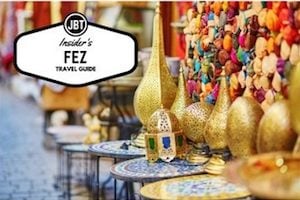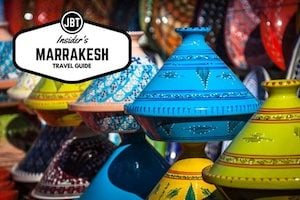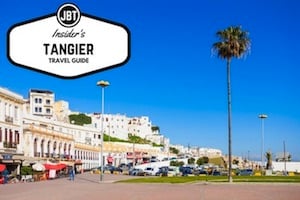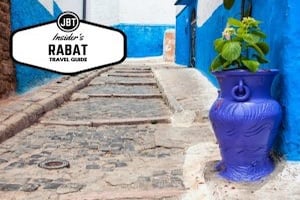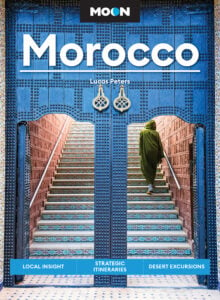 While Morocco is justifiably famous for breathtaking scenery, Islamic architecture and a rich history of arts and crafts, the country truly stands out as a paradise for foodies. Diverse peoples, including Berbers, Arabs, Sephardic Jews and Muslims from Andalusia, and Spanish and French colonizers, brought their own culinary traditions and ingredients to the kitchen. This is combined with the marvelous variety of foodstuffs produced in the country´s different regions. The quality of beef and lamb in Morocco is outstanding. Fish is popular, especially in port cities, and there is an astonishing array of fruits and vegetables.
While Morocco is justifiably famous for breathtaking scenery, Islamic architecture and a rich history of arts and crafts, the country truly stands out as a paradise for foodies. Diverse peoples, including Berbers, Arabs, Sephardic Jews and Muslims from Andalusia, and Spanish and French colonizers, brought their own culinary traditions and ingredients to the kitchen. This is combined with the marvelous variety of foodstuffs produced in the country´s different regions. The quality of beef and lamb in Morocco is outstanding. Fish is popular, especially in port cities, and there is an astonishing array of fruits and vegetables.
Of course, no tour to Morocco arranged by an in-country operator would be complete without sampling couscous, tiny grains of semolina pasta served with stewed carrots, zucchini and other vegetables, with or without meat. Rabat is especially famous for its couscous aux sept légumes (couscous with seven vegetables), in which an enormous mound of couscous is beautifully and carefully adorned with vegetables and served with a small bowl of broth on the side. Another famous variant of the dish is couscous tfaya, topped with caramelized onions, raisins and chickpeas. Couscous was traditionally eaten on Fridays after the midday prayer, but is now often enjoyed by extended families over the weekend.
Tagine refers to both the traditional Berber stew and to the earthenware dish and tall conical lid in which it is cooked. Tagines range from simple, hearty stews prepared for daily consumption to rich, elaborate dishes for special occasions. They usually contain a base of meat or fish, plus vegetables or dried fruit, such as plums and apricots. Morocco is the world´s largest exporter of canned sardines, but fresh sardines, grilled or fried, are common near the coast. Fans of salty-sweet combinations should sample bastilla, a flaky, sugar- and cinnamon-dusted pastry traditionally filled with stewed pigeon and almonds.
There are many delicious meals to be had in the markets, including brochettes, or skewered grilled lamb, and kofta, minced beef patties served with warm bread. On cold nights, nothing can beat a steaming bowl of harira, traditionally served at ftour, the first meal after the daily fast during Ramadan. Recipes vary from region to region, but the dish usually contains chick peas, lentils, tomatoes, parsley and coriander. You´ll find stall after stall of places in the Djemaa el Fna serving bowls of harira every night to locals and tourists alike. Another popular soup is bsarra, which is made of fava beans or split peas and garlic and often eaten at breakfast. Braver food enthusiasts might try snails. Boiled in an aromatic broth that includes anisette, laurel and garlic, they are said to have medicinal properties. Those squeamish about eating snails can purchase a cup of the delicious broth instead.
Traditional Moroccan desserts are usually loaded with nuts and honey, like chebakia, beautiful folded cookies made of deep-fried sesame dough soaked in honey, or bachnikha, which is similar in taste, but looks like little bundles of rope. French-inspired pastries, like cornes de gazelle (gazelle´s horns) are ubiquitous and popular for breakfast. Those too full after a large meal to eat a heavy dessert can opt instead for fresh figs, dates, pomegranate or prickly pear.
Written by Silvia McCallister-Castillo.
Photo by mallix.
[stextbox id=”info” caption=”Related Tours with Journey Beyond Travel”]
Eclectic Morocco Trip – The perfect Morocco tour to enjoy food, art, architecture and culture.
Imperial Cities Tour – A city tour highlighting Morocco’s best museums, UNESCO sights and more.
Morocco Eco Tour – The Morocco holiday that hits some overlooked locations, including a stay at an eco-lodge.
[/stextbox]
